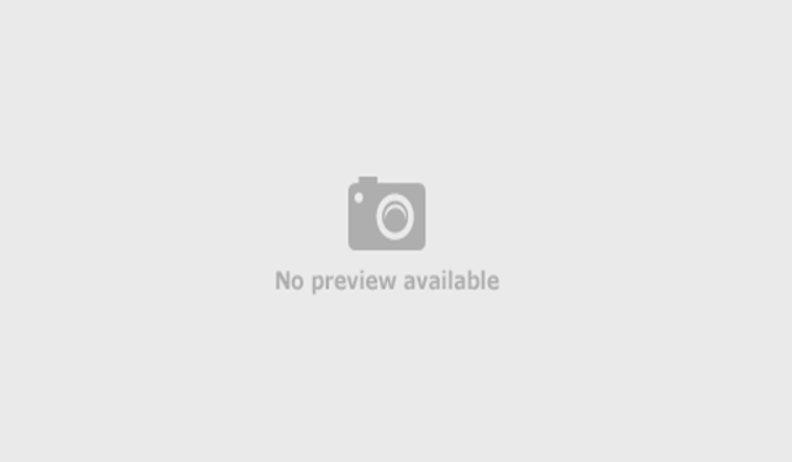Patent Linkage: The Indian Scenario
08 November 2012

India has always been a battleground for generics against patented drugs. Generic manufacturers play a crucial role in providing drugs at an affordable price to Indian consumers. Pharma giants, on the other hand, seek a comprehensive shield over their IP rights, including patent linkage. Pharma giants would prefer that national drug control bodies grant marketing licences to generic medicine companies only if their products do not possibly infringe existing patent rights. The government and medical aid agencies hold the view that such a patent linkage system may seriously hinder access to affordable medicines.
Patent linkage refers to a system wherein the Drugs Controller is empowered to stop the entry of a generic drug until after the expiration of patents covering the drug product or approved use. India does not follow the patent linkage system, which requires the generic manufacturer to prove to the drug regulator that the drug for which approval is being sought is out of the ambit of any valid patent. The aim is to provide an infallible system to provide foolproof protection of the patented drugs.
The debate on the patent linkage system got heated up after Bayer, a German pharmaceutical company, filed a complaint against granting marketing approval to Indian generic drug manufacturer Cipla’s generic version of Bayer’s patented drug Sorefanib (sold as Nexavar). Bayer’s writ petition asked the court to direct the Drugs Controller General of India to desist from granting of the approval to Cipla’s generic version of Nexavar, as that would allegedly infringe on Bayer’s patent rights. Bayer argued that Cipla’s drug Soranib for which the approval was sought was a “spurious drug” under Section 17(b) of the Drugs and Cosmetics Act.
In November 2008, the court issued an injunction prohibiting the Drugs Controller General of India from processing Cipla’s application until a final order was passed. In the final judgment on August 18, 2009, the Delhi Hight Court turned down the writ petition filed by Bayer. As per the Drugs and Cosmetics Act, “spurious drug” includes “imitation of, or a substitute for, another drug or resembles another drug in a manner likely to deceive or bears upon it or upon its label or container the name of another drug unless it is plainly and conspicuously marked so as to reveal its true character and its lacks of identity with such other drug; or substituted wholly or in part by another drug or substance.” The term spurious is loosely defined and may even include within its ambit generic drugs.
Cipla argued that infringement is required to be established in a court of law in accordance with the provisions of the Patents Act. The drug regulatory authorities are not well-equipped with the technicality of complex issues of patent rights. Cipla referred to Section 107 of the Indian Patents Act, incorporating the Bolar provision, which allows generic manufacturers to use the technology of a patented pharmaceutical product to perform any act that would assist in the marketing or regulatory approval of the generic product while the patent is in force. Cipla contested the “spurious drug” under Section 17(b) as it was not trying to deceptively sell the drug under the name of Bayer or any other manufacturer.
The Court said that the Drugs Act prescribes standards of safety and manufacturing practices, among other things. The Patents Act, subject to the satisfaction of patentability criteria, confers monopoly rights to applicants. The Court further stated that accepting Bayer’s petition would confer jurisdictional overlapping of powers of one statutory authority over the other, both specialized in their respective assigned roles.
The writ petition filed by Bayer raises a question as to how fair it is to introduce such a system in a developing country like India.
While a number of jurisdictions, including the United States, China, Canada and Australia, have incorporated patent linkage into their law, many others, including India and the European Union, have not accepted it.
In the US, the Hatch-Waxman Act facilitates the early entry of generics into the market. However, due care to protect patent rights has been taken by providing a database of patented pharmaceuticals in the Orange Book.
In Australia, according to Section 26(b) of the Therapeutic Goods Act 1989, an applicant seeking approval for a therapeutic good (including medicine) must prove that the application for approval would not involve the marketing of a product so as to cause infringement on an existing patent. Strict penalties may be imposed in case of false documentation by applicant while seeking marketing approval.
China has empowered the State Food and Drug Administration (SFDA) with responsibility for maintaining China’s patent linkage system in coordination with the State Intellectual Property Office. The SFDA requires applicants to check the patent status of the drug for marketing approval, thereby certifying that there is no infringement of an existing patent. The SFDA itself maintains a database of all approved registrations by their chemical names.
The EU has not incorporated patent linkage into its laws and, like India, uses Bolar provisions to facilitate early entry of generics into the market.
It does appear to be TRIPS-compliant to not to incorporate patent linkage into legislation. Introduction of a patent linkage system will unduly delay the availability of generics after the expiry of the patent. Consequently, generics manufacturers can start with their proceedings for approval only after the expiration of the patent term, which would indirectly amount to an extension of the term for exclusive patent rights to the rights holder.
Lall Lahiri & Salhotra
LLS House, Plot No. B-28,
Sector - 32, Institutional Area,
Gurgaon - 122001, National Capital
Region, India
T: +91 124 2382202, 2382203
F: +91 124 4036823, 2384898
E: Rahul@lls.in
W: www.lls.in





